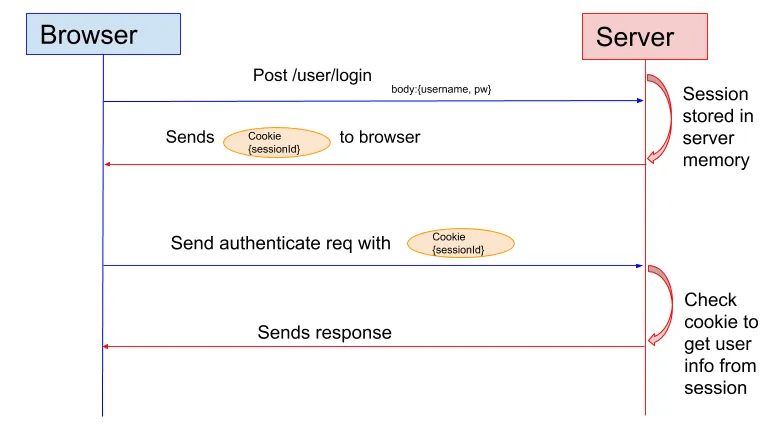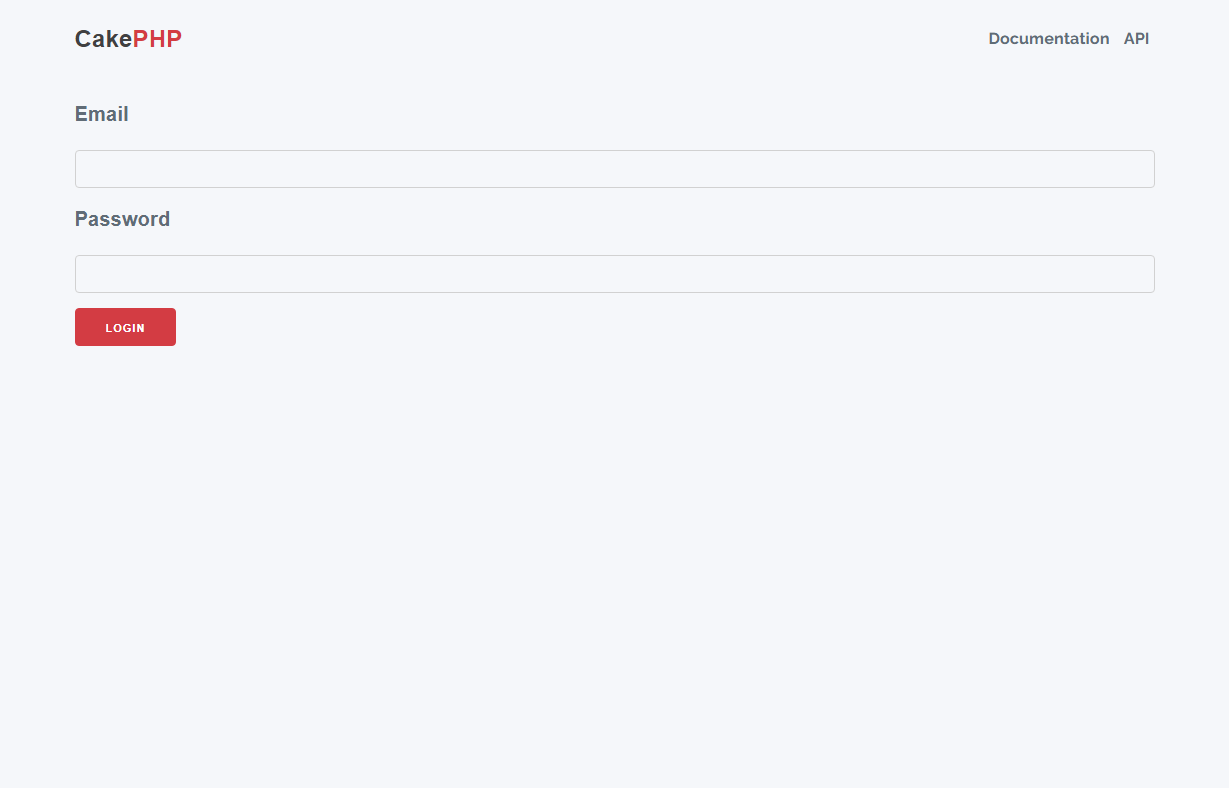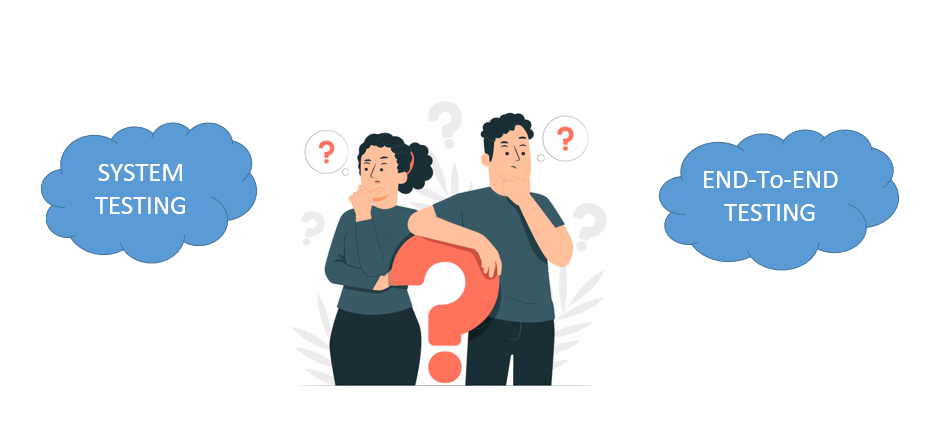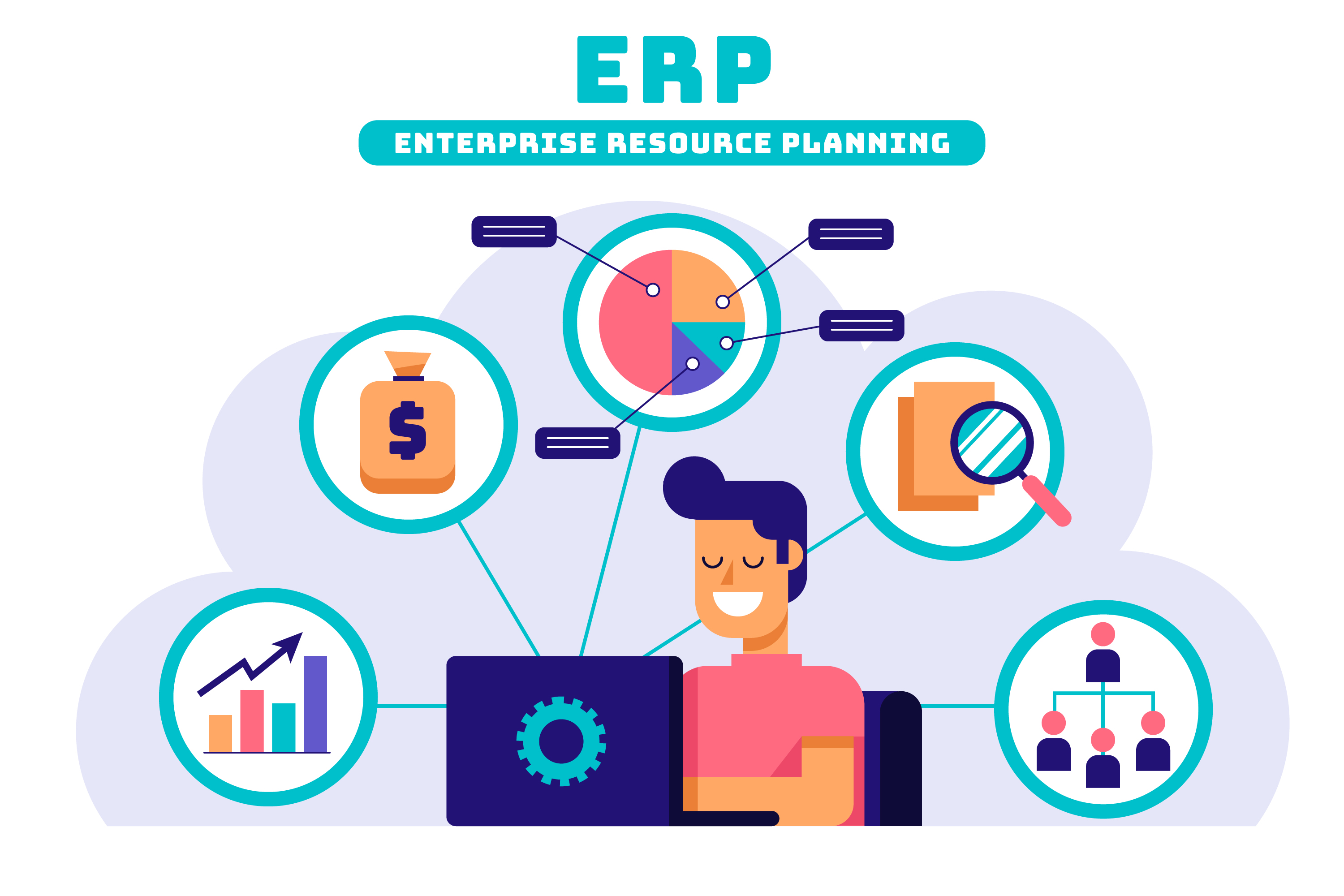April 1, 2024
Twilio Video Calls with Laravel: A How-To Guide
In web development, good communication is key for any successful app. It's important for connecting users worldwide and making interactions smooth within your platform. Twilio is handy for this because it gives you tools for talking, video calls, and messages. We'll show why Twilio is great and how to make a video call feature with Laravel 10.
1, Why Twilio?
- Reliability: Twilio boasts a highly reliable infrastructure, ensuring that your communication channels remain operational all time.
- Scalability: With Twilio, you can easily scale your communication features to accommodate growing user demands without compromising performance.
- Developer-Friendly: Twilio provides extensive documentation, libraries, and APIs, making it easy for developers to integrate communication features into their applications.
- Flexibility: Beyond video calls, Twilio offers a wide range of communication tools, including voice calls, SMS, chat, and more, allowing you to create comprehensive communication solutions tailored to your needs.
2, Example: Creating a Video Call
Let's dive into a practical example of integrating Twilio's video call functionality into a Laravel application.
Step 1: Setting Up Twilio Account
First, sign up for a Twilio account and obtain your Account SID and Auth Token, which you'll need to authenticate your requests.
Step 2: Installing Twilio SDK
Install the Twilio PHP SDK via Composer by running the following command in your Laravel project directory:
composer require twilio/sdk |
Step 3: Creating a Video Call
Now, let's create a simple controller method to initiate a video call:
use Twilio\Jwt\AccessToken;use Twilio\Jwt\Grants\VideoGrant;public function initVideoCallTwilio(Request $request){ $identity = $request->user()->name; // Get user's name as identity $twilioAccountSid = 'YOUR_TWILIO_ACCOUNT_SID'; $twilioApiKey = 'YOUR_TWILIO_API_KEY'; $twilioApiSecret = 'YOUR_TWILIO_API_SECRET'; $token = new AccessToken( $twilioAccountSid, $twilioApiKey, $twilioApiSecret, 3600, // Time to live for the token $identity // The identity to associate with the Access Token ); $grant = new VideoGrant(); $grant->setRoom('RoomName'); // Set room's name for the video call $token->addGrant($grant); return view("twilio_video", ['token' => $token->toJWT()]);} |
This controller method generates a Twilio access token for the authenticated user, allowing them to join a video call room named 'RoomName'.
Step 4: Client-Side Integration
On the client-side (e.g., using JavaScript), utilize Twilio's SDK to connect to the video call room and display the video interface.
const Video = require('twilio-video');const token = '{{ $token }}';Video.connect(token, { video: true, audio: true, name: 'RoomName' }).then(room => { console.log(`Connected to Room: ${room.name}`); room.on('participantConnected', participant => { console.log(`Participant "${participant.identity}" connected`); participant.tracks.forEach(publication => { if (publication.isSubscribed) { const track = publication.track; document.getElementById('video-div').appendChild(track.attach()); } }); });}).catch( error => { console.error(`Unable to connect to Room: ${error.message}`);}); |
This JavaScript code connects to the video call room using the access token generated by the Laravel controller and displays the remote participants' video streams.
3, Some disadvantages of Twilio with Zoom or Google Meet
- Twilio may require more development effort for integration compared to the ready-to-use platforms like Zoom or Google Meet.
- Zoom and Google Meet come with lots of video call features already, but Twilio might need extra changes to do exactly what you want.
- Figuring out Twilio's pricing might be trickier than Zoom or Google Meet, so you might end up paying more for some things.
- Users may already be familiar with Zoom or Google Meet interfaces, which could lead to a preference for these platforms over Twilio, resulting in lower adoption rates.
4, Conclusion
In conclusion, Twilio is super helpful for developers who want strong communication tools. Twilio is reliable, scalable, versatile, and easy for developers to use. It might need a bit more work to fit into your app compared to other options, but it's flexibility lets you make exactly what you need. Overall, Twilio is a great choice for making communication in your Laravel apps better and smoother.








